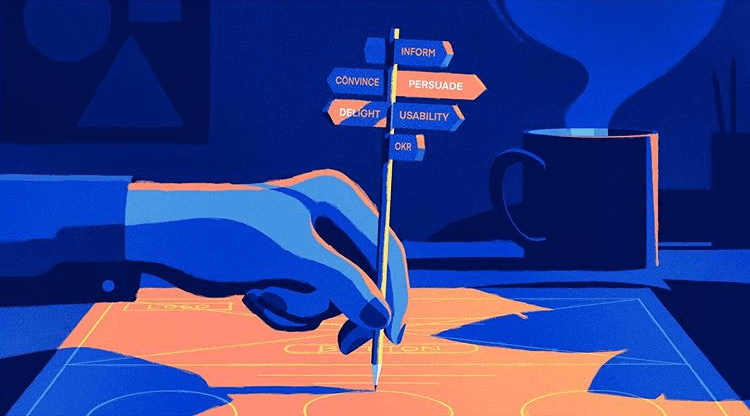Oct 29, 2020
UX
Tech
UX design
Design Thinking
ROI of UX
The ROI of UX: Why good UX is good for business

If you enjoyed this post, you might also like:
Oct 29, 2020
UX
Tech
UX design
Design Thinking
ROI of UX

If you enjoyed this post, you might also like: